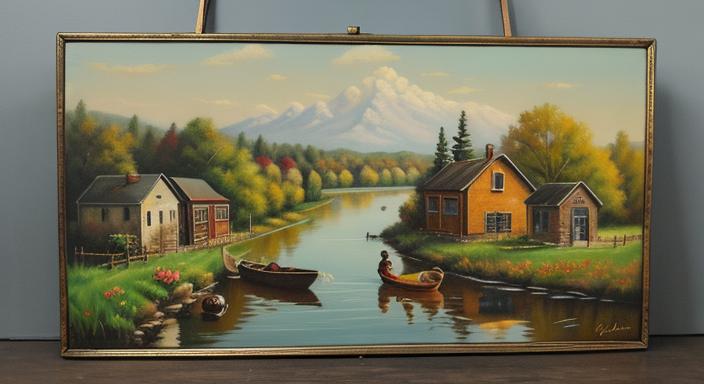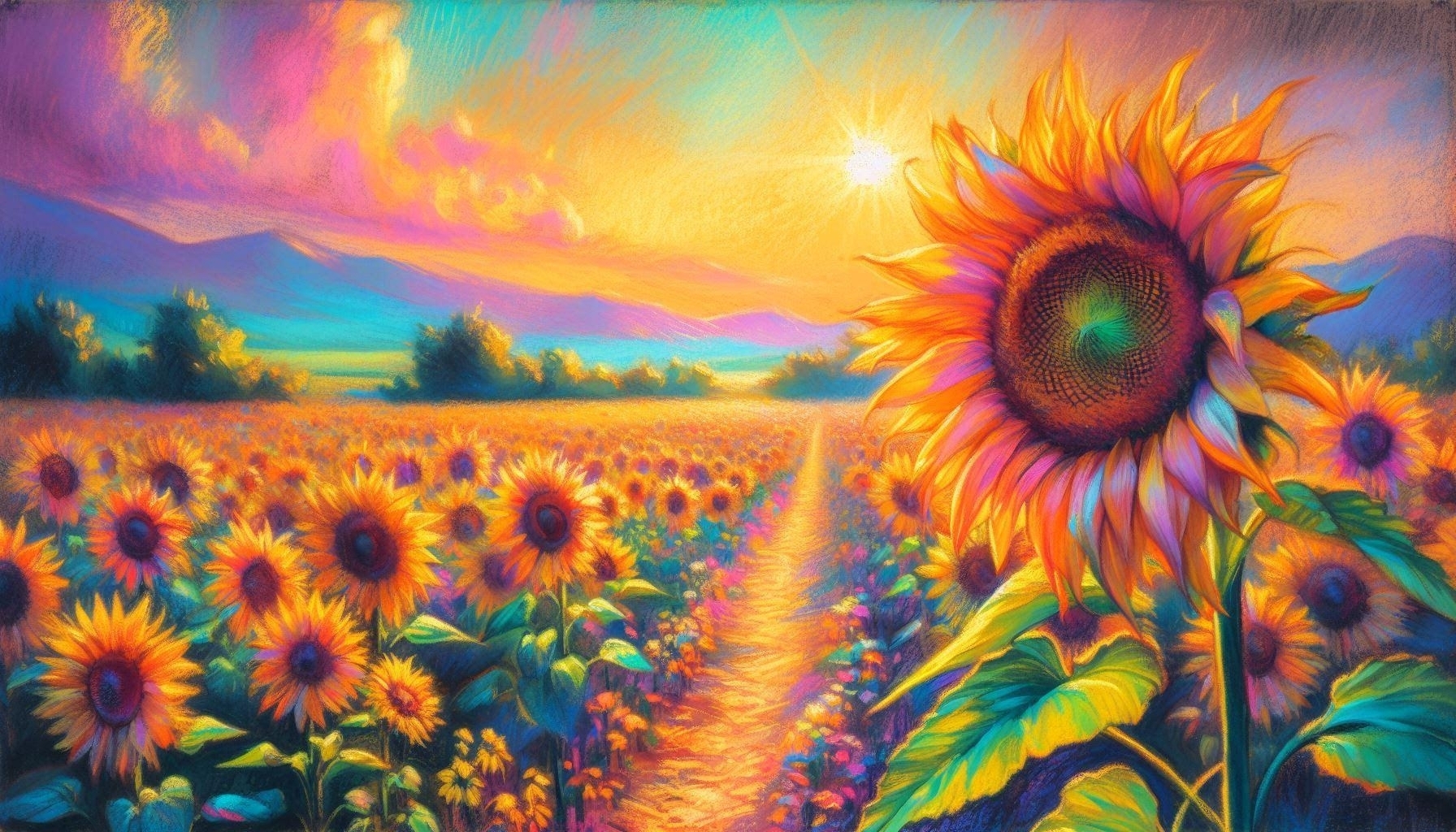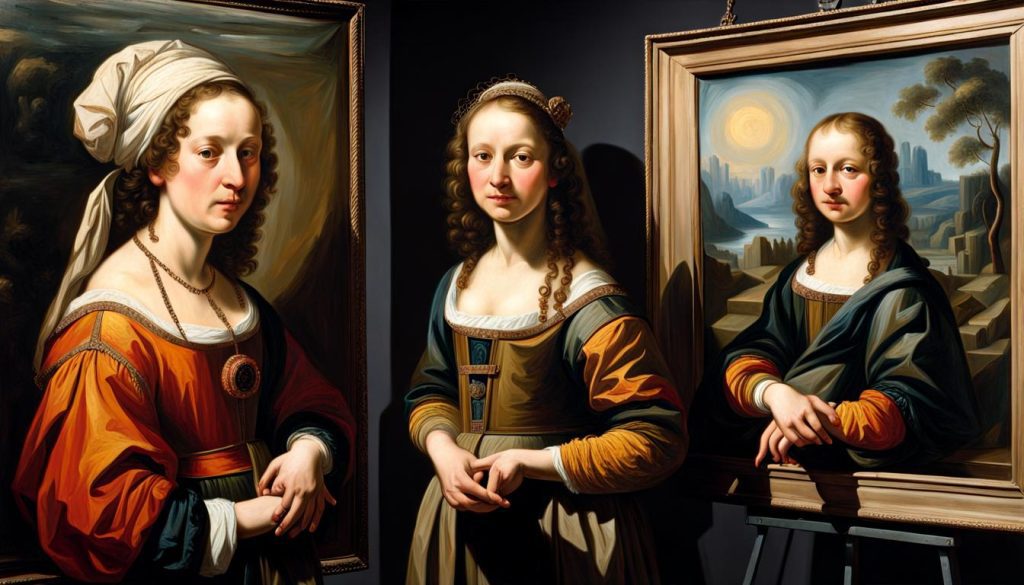
Ever dreamed of summoning the spirit of Van Gogh and wielding a brush against a blank canvas? Get ready, because you’re about to dive into the ultimate beginner’s guide to oil paintings! Forget dusty museums and intimidating galleries; we’re talking about unleashing your inner artist, exploring the dazzling world of oil paints, and creating your own masterpieces.
Imagine the rich, buttery texture gliding beneath your fingertips, the vibrant colors singing as they mix on your palette, and the sheer magic of light and shadow taking form under your strokes. From Rembrandt’s luminous portraits to Monet’s sun-drenched landscapes, oil paintings have captivated hearts and ignited imaginations for centuries. Today, it’s your turn to join the adventure!
A Dazzling Dawn: The Birth of Oil Painting
Emerging in 15th century Flanders and Italy, oil painting revolutionized the art world. Compared to the earlier tempera technique, reliant on egg yolk, oil paints offered a luminous fluidity, allowing for smoother transitions, richer colors, and greater depth. Renaissance pioneers like Jan van Eyck and Pieter Bruegel the Elder mastered this new medium, crafting breathtakingly detailed portraits and landscapes that breathed life into their canvases.
The Alchemy of Oil Paints: Materials and Methods
Oil paints are a magical blend of pigment and drying oil, typically linseed. This unique concoction allows for a captivating array of techniques. Artists can build up thick, textured layers (impasto) or create delicate, translucent glazes. Brushes dance across the canvas, while palette knives sculpt peaks and valleys of color.
Beginner’s Guide to Oil Paintings – Techniques
Mastering the Spectrum: Color Theory and Mixing
Ready to speak the language of oil painting? Dive into this Beginner’s Guide to Oil Painting and unlock the symphony of colors! Learn how primary hues like fiery red, sunshine yellow, and deep blue dance together to form secondary and tertiary shades. Explore the magic of mediums like linseed oil and turpentine, each adding their own whispers of transparency and flow. Lay down a foundation of vibrant layers with the secret technique of underpainting in monochromatic tones. In this guide, your canvas will blossom into a masterpiece, one brushstroke at a time!
Timeless Techniques: From Wet-on-Wet to Sfumato
Oil painting boasts a treasure trove of techniques, each adding its own signature to the canvas. Wet-on-wet blends colors seamlessly, while alla prima captures spontaneous moments in a single sitting. Indirect painting, favoured by Renaissance masters, builds layer upon layer, achieving astonishing depth and realism. Techniques like chiaroscuro, employing dramatic contrasts of light and shadow, and sfumato, the hazy blending of edges, further enrich the artist’s vocabulary.
A Kaleidoscope of Movements: From Renaissance to Modernity
Throughout history, oil painting has served as the paintbrush of artistic movements. The Renaissance, focusing on anatomy and realism, gifted us the exquisite portraits of Leonardo da Vinci and Michelangelo. The Baroque era saw dramatic, swirling compositions by Caravaggio and Rubens, while Impressionism, led by Monet and Renoir, revelled in fleeting moments of light and color. Modern and contemporary artists like Vincent van Gogh and David Hockney pushed the boundaries of the medium, embracing abstraction and bold experimentation.
Iconic Brushstrokes: A Celebration of Masters
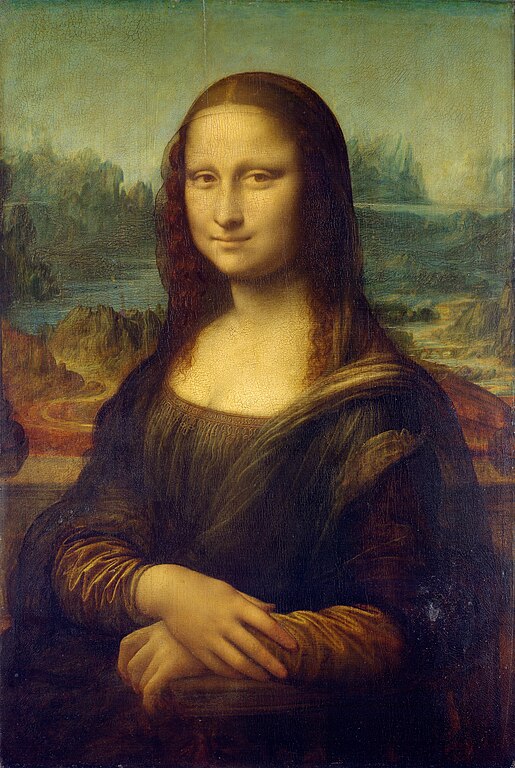
Each era boasts its titans of oil painting. Here, we glimpse into the studios of a few who have left an indelible mark:
- Leonardo da Vinci: His enigmatic “Mona Lisa” remains a masterpiece of sfumato and psychological portraiture.
- Rembrandt van Rijn: A master of light and shadow, his self-portraits capture the depths of the human soul.
- Claude Monet: With his vibrant brushstrokes and fascination with light, Monet redefined landscape painting with works like “Impression, Sunrise.”
- Pablo Picasso: Embracing Cubism’s fragmented perspectives, Picasso challenged traditional representations of form in works like “Les Demoiselles d’Avignon.”
- Frida Kahlo: Her intensely personal works, often self-portraits, explore themes of pain and identity with raw emotion and symbolism.
Preserving the Past: Caring for Oil Paintings
While the beauty of oil paintings lies in their delicate layers and organic materials, these elements also demand dedicated care. Don’t worry, beginner artist! This Beginner’s Guide to Oil Painting will equip you with the essential knowledge to protect your masterpieces. Mastering the art of proper framing, controlling lighting, and maintaining stable temperatures are key to their longevity. Regular inspections and seeking guidance from professional conservators when needed will ensure your treasures endure for generations to come. Remember, caring for your oil paintings is an investment in both their preservation and your artistic legacy.
Protecting Your Masterpieces: A Beginner’s Guide to Oil Painting Care
Stepping into the world of oil painting is like embarking on a captivating adventure. You mix vibrant colors, capture emotions on canvas, and breathe life into your artistic vision. But just like any precious treasure, your oil paintings deserve proper care to ensure they grace your walls and hearts for generations to come. Fear not, fellow art explorer, for this beginner’s guide to oil paintings will equip you with the essential knowledge to safeguard your masterpieces!
Framing: The First Line of Defense
Think of a frame as a knight’s armor, protecting your canvas from the harsh realities of the world. Choose high-quality, acid-free materials like wood or archival metal to prevent harmful chemicals from leaching onto your painting. Opt for deep frames that allow air to circulate behind the canvas, preventing moisture buildup and mold growth. Plexiglass offers a safer alternative to traditional glass, shielding your art from accidental bumps and shattering. Remember, a well-chosen frame complements your artwork, enhancing its beauty and elegance.
Lighting: A Delicate Dance
Sunlight, while alluring, can be an oil painting’s worst enemy. Ultraviolet rays cause colors to fade and crack over time. So, banish direct sunlight from your art’s domain! Opt for diffused, indirect lighting sources like filtered daylight or museum-quality LED bulbs. Position lamps strategically to avoid harsh shadows, and never place your paintings directly above heat sources like radiators or fireplaces. Remember, gentle illumination allows you to bask in the true beauty of your art without causing harm.
Temperature: Finding the Sweet Spot
Oil paintings, like Goldilocks, prefer a “just right” temperature. Fluctuations can wreak havoc, causing the canvas to warp, the paint to crack, and the varnish to discolor. Aim for a stable temperature range between 65°F and 75°F, and keep humidity levels between 40% and 50%. Invest in a hygrometer to monitor these crucial factors, and consider using a dehumidifier or humidifier as needed. Remember, a consistent, climate-controlled environment is your artwork’s happy place!
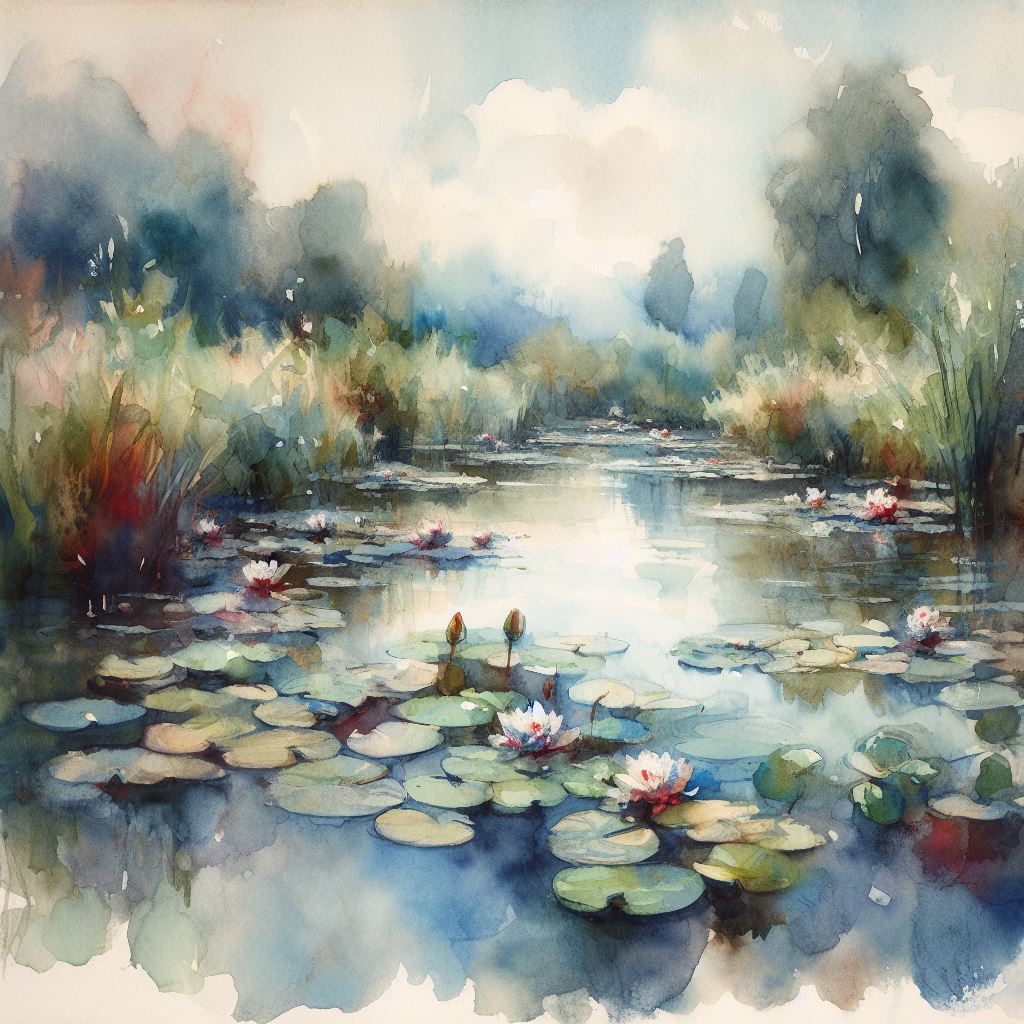
Beginners Guide to Oil Painting: Getting Started with your First Painting
A Legacy in Your Hands: Embrace the Allure of Oil Painting
This Beginner’s Guide to Oil Painting isn’t just a first step, it’s a springboard! The true magic lies in your creative expression. Grab your brush, embrace the freedom of colors and techniques, and paint your own masterpieces. Remember, even Leonardo started somewhere. So explore, experiment, and leave your own unique brushstroke on the canvas of art history. The possibilities are endless, your journey has just begun!
